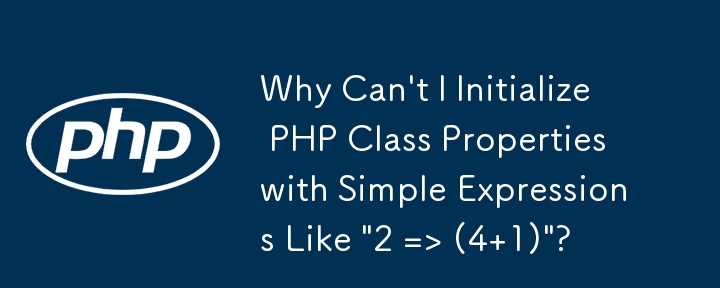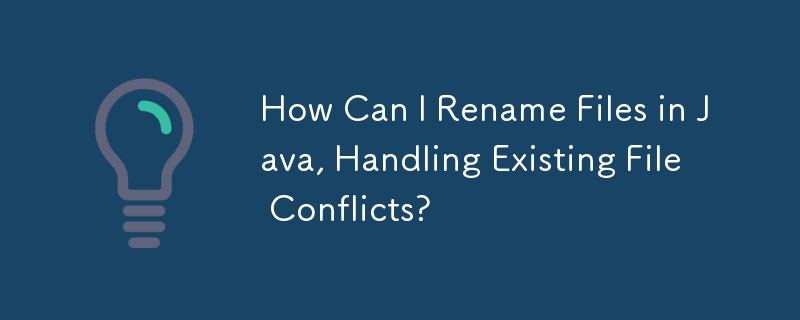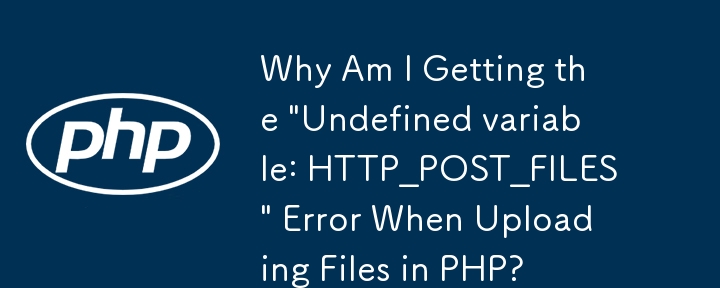Found a total of 10000 related content

Hassle-Free Filesystem Operations during Testing? Yes Please!
Article Introduction:Virtual File System (VFS) simulates file system operations in unit tests, avoiding the hassle of cleaning temporary files. This article describes how to use the vfsStream library to simplify the testing of file system operations in PHP unit tests.
First, we have a simple FileCreator class for creating files:
2025-02-14
comment 0
509
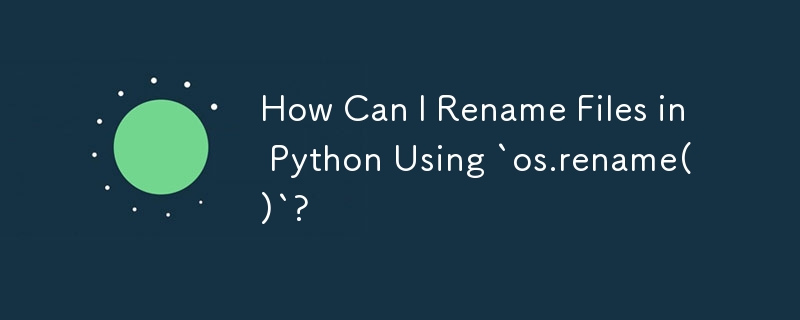

How to check if a file exists in Java?
Article Introduction:In Java, determine whether the file exists and can be implemented through the File class or the NIO Files class. 1. Use File class: judged through file.exists(). The advantage is that it is simple and direct, but cannot handle symbolic links and permission issues; 2. Use Files class: implemented through Files.exists(path), supports more advanced controls such as notExists and LinkOption, suitable for Java7 and above. Notes include path correctness, permission restrictions, symbolic link resolution and system case sensitivity differences. The actual choice should be determined based on project requirements and Java version.
2025-07-17
comment 0
636


No file operation in PHP implements attachment sending and data storage
Article Introduction:This tutorial explains in detail how to avoid creating temporary files in PHP and directly process Base64-encoded PDF data through memory operations. We will explore how to extract Base64 strings from XML, decode them and send mail via SendGrid as attachments, while storing the original Base64 data to the database, improving security, performance and simplifying code.
2025-08-24
comment 0
712
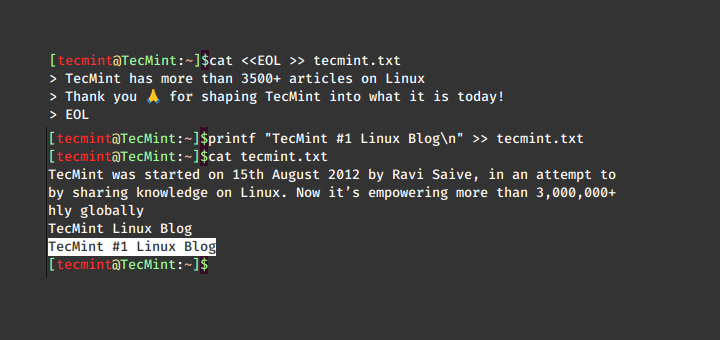
How to Append Lines to an Existing File in Linux
Article Introduction:In the wide world of Linux, learning simple yet powerful commands is key to becoming a proficient user. One such essential skill is appending lines to a file, a fundamental operation for adding information or modifying configurations.
In Linux, text
2025-05-24
comment 0
862
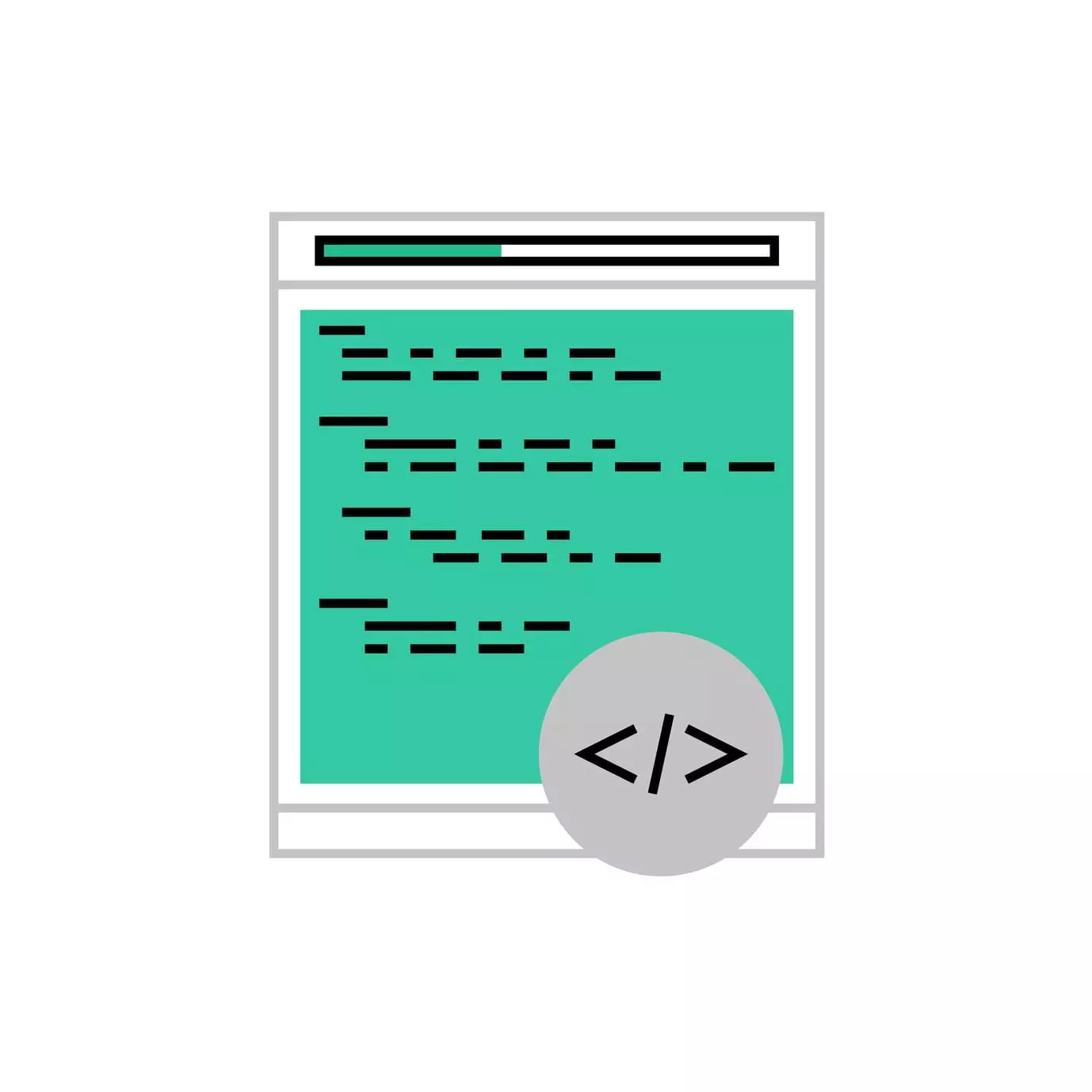
Re-Introducing Symfony Console - CLI PHP for the Uninitiated!
Article Introduction:Core points
Symfony Console is a standalone package that provides a simple framework for creating command line tools, which is useful for repetitive tasks such as data migration, importing, or creating cron jobs.
To create a new command, you need to make the file executable. This can be done by creating a console file in the project root directory, ensuring the file is executable, and defining the console application.
You can use Symfony's CommandTester class to test commands, which provides special input and output classes to test commands without the command line.
Symfony Console is installed using Composer (the dependency management tool in PHP). It provides a simple
2025-02-10
comment 0
779

What is a file system library in C 17?
Article Introduction:The C 17 file system library provides a unified, type-safe interface, making file and directory operations more intuitive and efficient. 1) The std::filesystem::path class simplifies path operation; 2) The std::filesystem::directory_iterator facilitates traversing directories; 3) Pay attention to exception handling and performance optimization to ensure the robustness and efficiency of the program.
2025-04-28
comment 0
1053

How to fix Zsh permissions denied on Mac: Proven strategies
Article Introduction:macOS file opening guide: Easily resolve "zsh: permission denied" error
Opening a file on macOS is usually very simple—just double-click. You can also use the terminal to run simple commands to open files. However, sometimes things don't go well. If you have ever tried opening a file in a terminal and get a "zsh: permission denied" error, you know that this is more than just a simple command problem. It usually means there is a problem with the file or macOS itself.
This article will guide you on how to fix the "Terminal Permission Denied" issue so that you can get the job done smoothly.
How to fix the error
Operation steps
examine
2025-04-08
comment 0
562

PHP gets a list of directory files and uses it in JavaScript
Article Introduction:This article will introduce how to use PHP to obtain the file names of all files in a specified directory and pass these file names into JavaScript code as an array. Read the directory through PHP's file operation function, then convert the PHP array into a JSON string using the json_encode function, and finally parse the JSON string in JavaScript, thereby realizing the passing and use of file names.
2025-08-21
comment 0
879

PHP file read and write operations: read, process and write grade data
Article Introduction:This document details how to use PHP for file reading and writing operations, and demonstrates in a practical case how to read grades from grades.txt file, add 1 (maximum value is 5), then write processed grades to the results.txt file, and finally output these processed grades in the console. Through this article, you will master the basic methods of PHP file operation and learn how to process data in files.
2025-08-26
comment 0
865

How to Extract Specific CSS Classes with PHP?
Article Introduction:Parsing CSS with PHP for Selective Class ExtractionIn this article, we aim to tackle the challenge of parsing a CSS file and extracting specific...
2024-11-15
comment 0
975

A Tour of PHP.INI
Article Introduction:Detailed explanation of PHP.ini file: The key to controlling PHP operation
The PHP.ini file is the core configuration file of the PHP server. It controls various parameter settings during PHP runtime, such as uploading directories, error logs, maximum script execution time, and file upload size limit. After modifying this file, you need to restart the server before the changes can take effect.
php.ini file location:
The location of the php.ini file varies depending on the server and how PHP is installed. You can use the phpinfo() function to find its location.
Key settings:
This article will focus on some important php.ini settings:
engine = On: Enable or disable the PHP engine. Setting it to Off will completely
2025-03-02
comment 0
923
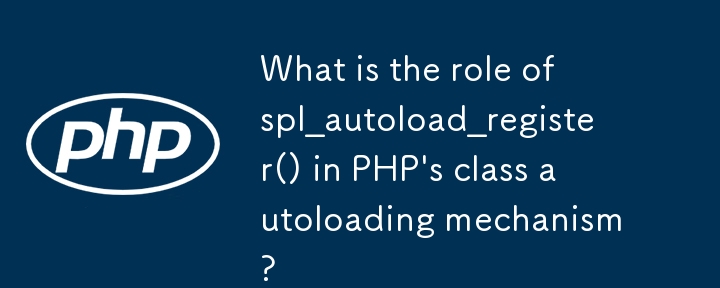
What is the role of spl_autoload_register() in PHP's class autoloading mechanism?
Article Introduction:spl_autoload_register() is a core function used in PHP to implement automatic class loading. It allows developers to define one or more callback functions. When a program tries to use undefined classes, PHP will automatically call these functions to load the corresponding class file. Its main function is to avoid manually introducing class files and improve code organization and maintainability. Use method is to define a function that receives the class name as a parameter, and register the function through spl_autoload_register(), such as functionmyAutoloader($class){require_once'classes/'.$class.'.php';}spl_
2025-06-09
comment 0
413
